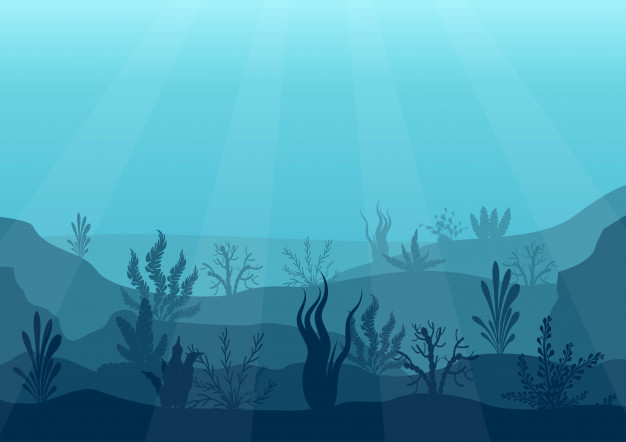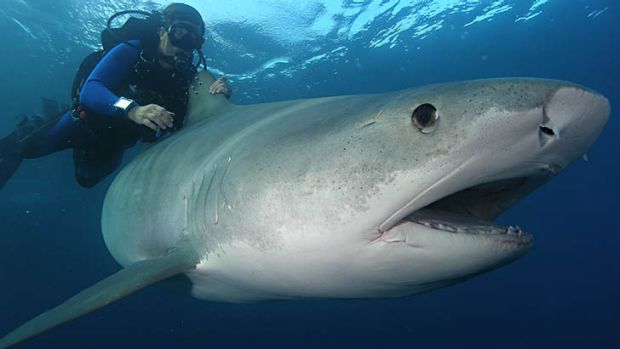As we know, sunlight can hardly reach the deep sea floor, so the question arises: how do deep sea plants survive with no sunlight?
This place seems impossible for sustaining life, but some plants and animals still survive in those conditions where the pressure is high and the temperature is very low.
One of the plants that survives deep in the ocean is red algae. Now the question is, how does red algae get sunlight for photosynthesis?
Red algae appear red because they contain a pigment called phycoerythrin.
This pigment appears red because it reflects red light and can absorb blue light.
Sunlight contains many colors, and when these colors combine, white light is produced. The visible spectrum has many colors, like orange, yellow, green, blue, and violet.
If we compare red and blue light, red light has the longest wavelength, while blue light has the shortest wavelength compared to red light, so when wavelength decreases, energy increases, and when wavelength increases, energy decreases.
Therefore, red light is not able to penetrate deeper into the ocean, whereas blue light can penetrate deeper into the ocean because it has the lowest wavelength and more energy than red light.
This helps red algae survive in very low light, deep in the ocean.
How do plants and animals in the dark ocean survive?
Photic Zone:
The photic zone is the upper region of the ocean where there is enough sunlight to support plant life. It extends approximately 200 meters below the surface.
Within this zone, marine plants and tiny microscopic organisms engage in photosynthesis, converting light energy into food.
Aphotic Zone:
Below the photic zone is the aphotic zone (from 200 to 1,000 meters deep).
Sunshine is scarce in the aphotic zone, and only a dim, dark blue-green light remains. It is too weak to support photosynthesis.
However, there is still food available: detritus, decaying plant matter, and animal waste fall from above to feed organisms in this zone.
Complete Darkness:
Beyond the aphotic zone, from 1,000 meters down to the sea floor, there is complete darkness.
No sunlight penetrates this depth, and as a result, there are no plants.
Animals in this abyssal zone rely on detritus raining down from above or feeding on each other.
Some deep-sea organisms even produce their own light through special cells, allowing them to survive in darkness.
Deep-Sea Vents and Chemosynthesis:
Organisms near deep-sea vents cannot rely on sunlight.
Instead, they utilize the chemicals emitted from these vents.
These amazing creatures use chemicals—not sunlight—in a process known as chemosynthesis to produce food.
Seeing in the Dark:
Despite the darkness, researchers can observe these deep-sea organisms from submersibles, such as ALVIN.
Conditions inside ALVIN are cramped, but its small crew can explore the mysterious depths and study these unique ecosystems.





